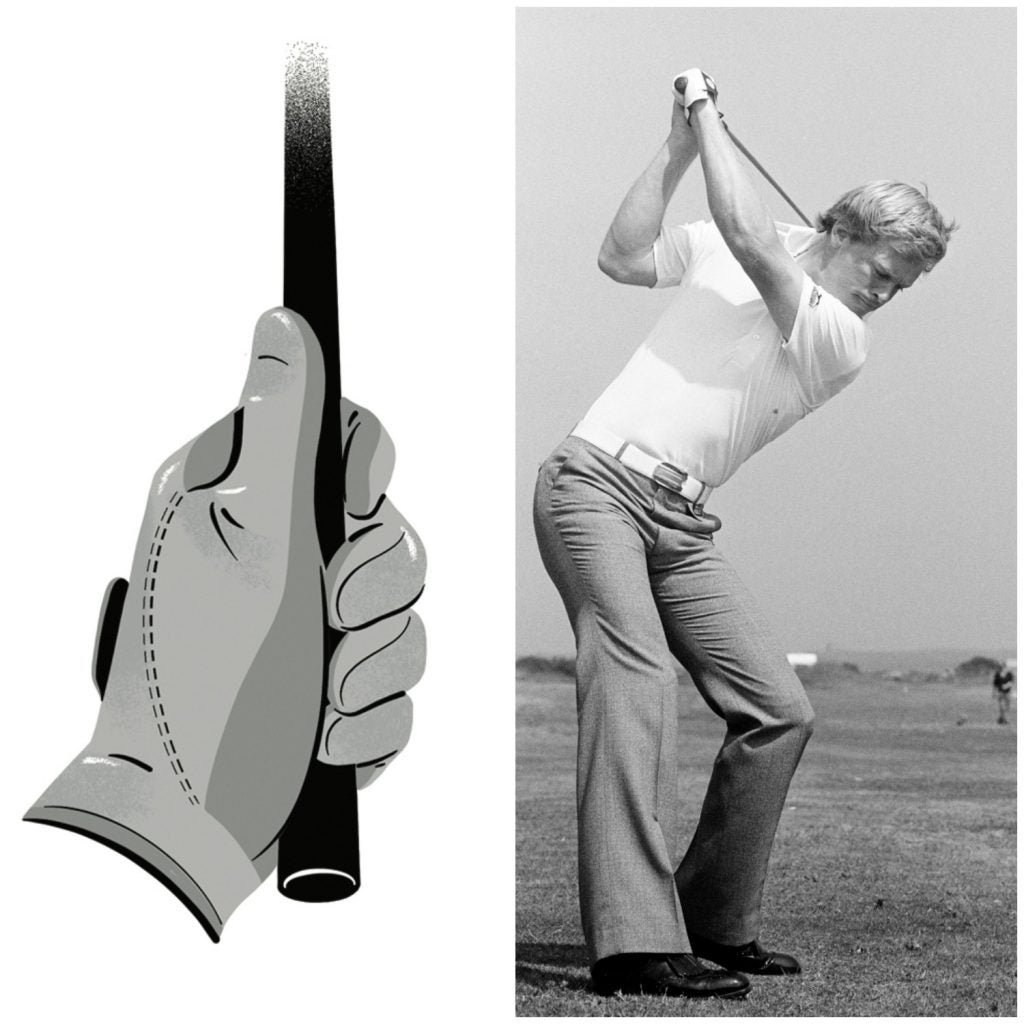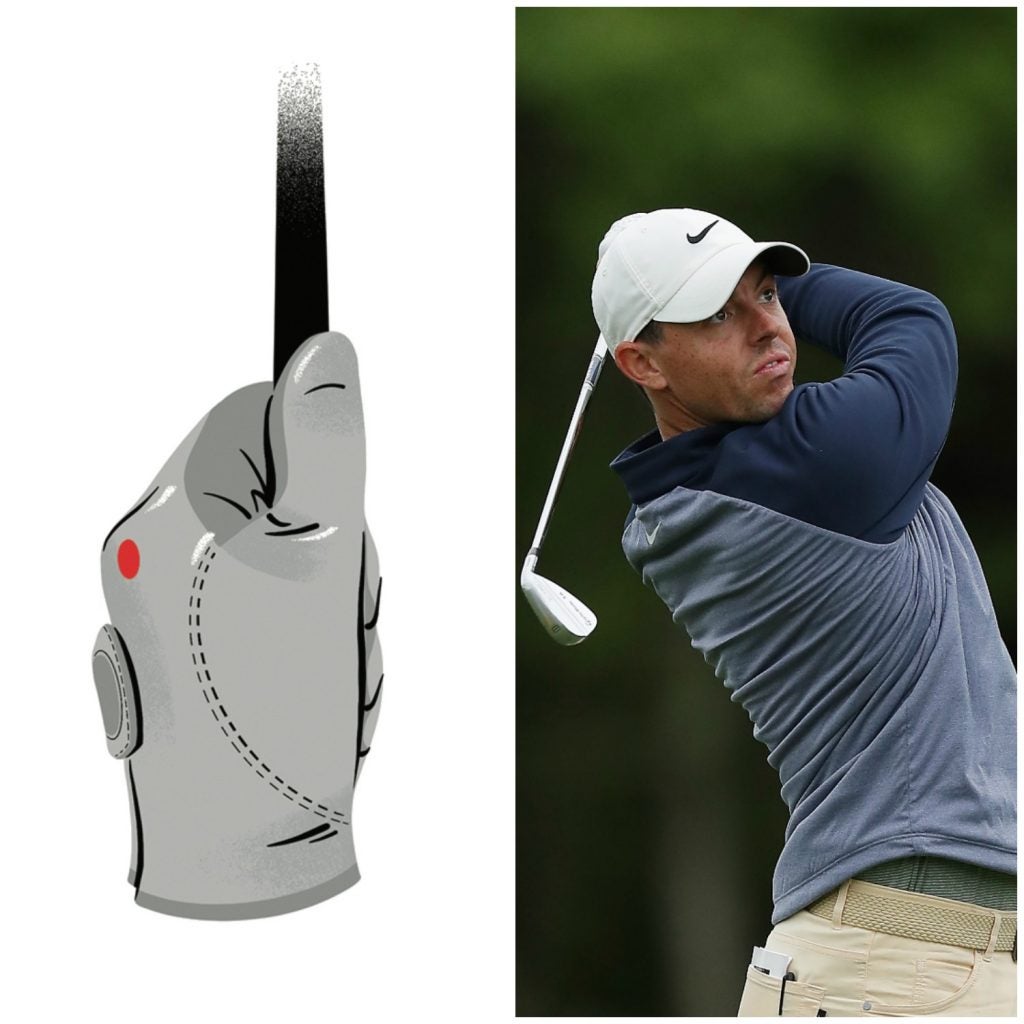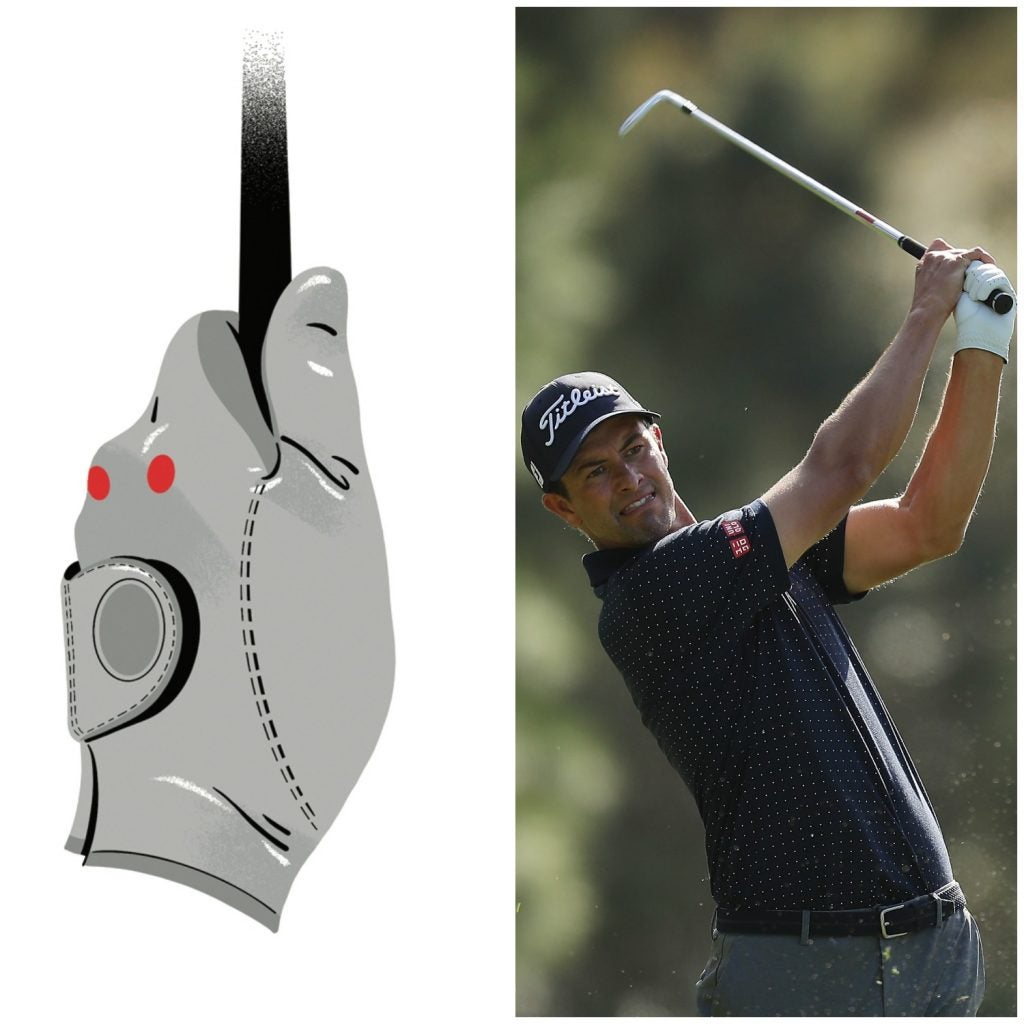Every golfer, at some point or another, has questioned their own golf grip. Are they gripping it correctly? The answer to that question isn’t as simple as it sounds: It depends. At least according to Terry Rowles, a new addition to the GOLF Top 100 Teachers in America franchise. Rowles, who coaches PGA Tour players Kevin Streelman and Scott Langley, along with Stephanie Meadow on the LPGA Tour, teaches the golf swing to match each of his students’ specific body types — and that starts with finding the right style of grip for you.
A lot of golfers are taught to play with a neutral grip, but if you look around on Tour, you’ll find elite-level golfers using every kind of hold under the sun. Pros know how important it is to match your grip to your swing, or how different holds either exacerbate or mute errors. Try this: Look down at your left hand at address. How many knuckles do you see? The answer is step one towards finding the perfect grip. – Terry Rowles, GOLF Top 100 Teacher
No Knuckles
If you don’t see any knuckles, your lead-hand grip is very weak. Jordan Spieth grips it like this (so did Johnny Miller) because they had less body rotation. A grip likee this can also encourage more left-hand rotation through impact for players that need it.

One Knuckle
Still on the weak end of the spectrum and best-suited for players whose upper body tends to get slightly open to the target at impact (see Rory McIlroy).

Two Knuckles
If you see two knuckles, like Adam Scott or Jason Day do, you have a neutral left-hand grip. It’s the most commonly taught hold, often paired with a stronger right-hand golf grip.

Three Knuckles (or more)
Three knuckles or more means a strong left hand golf grip, à la Zach Johnson. It helps players who have a lot of body rotation through the ball
more consistently square the clubface.







